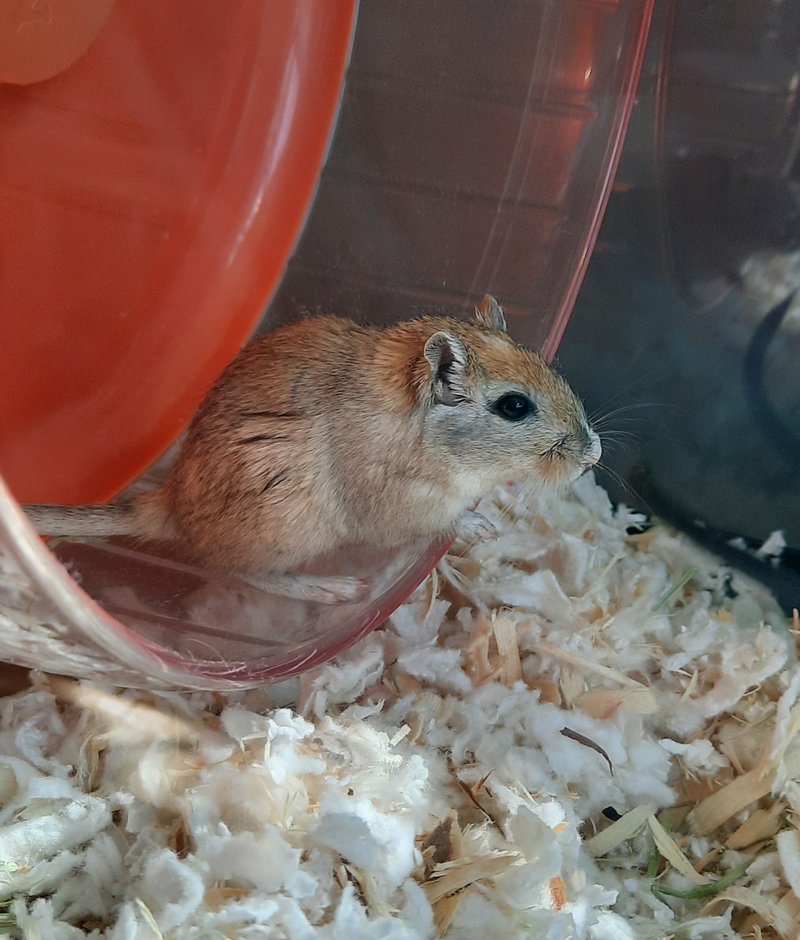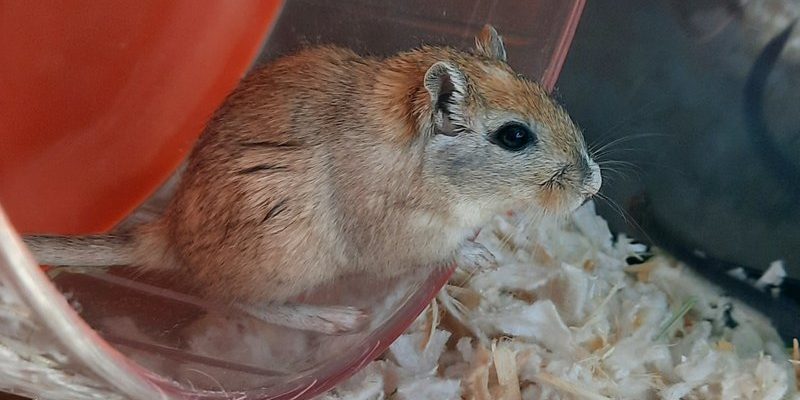
Before we jump into the nitty-gritty, it’s important to know that breeding gerbils can be a fulfilling yet challenging journey. With the right knowledge and preparation, you can help ensure a healthy, happy litter. Whether you’re looking to expand your pet family or learn more about these lively little rodents, here’s what you need to know.
Understanding Gerbil Genetics
When it comes to breeding white gerbils, genetics play a crucial role. Just like humans can inherit traits from their parents, so can gerbils. White gerbils typically carry a mutation called the “albino” gene, which affects their fur color and eye pigmentation. You might be wondering how this affects breeding. Well, different color patterns can emerge depending on the genetic traits of the parents.
So, if you’re hoping to breed white gerbils, it’s important to start with healthy, purebred individuals. Mixing colors can lead to unexpected surprises in the litter, and not every combination will yield white offspring. It’s a bit like mixing paint; you might end up with a shade you didn’t plan for.
Also, keep in mind that both parents should be free from any genetic disorders. Healthier gerbils mean healthier babies.
Choosing the Right Pair
Choosing your breeding pair is like picking out a dance partner. You want to ensure they complement each other well. Look for gerbils with good temperament, healthy physiques, and a lineage of good health. You can ask breeders about their pets’ backgrounds to ensure you’re making the right choice.
When considering a male and female, be aware that they should be introduced at a young age to ensure a strong bond. Introducing adults can lead to territorial behavior. It’s a bit like trying to get two strangers to share a small couch; it might just not work out!
Finally, don’t forget to consider their personalities. Since gerbils are social animals, a pair that gets along well will be more likely to produce happy babies.
Setting Up a Breeding Environment
Creating a proper environment for breeding white gerbils is essential. You wouldn’t invite friends over without cleaning up a bit, right? Similarly, your gerbils need a clean, safe, and comfortable space.
Start with a spacious cage, as they need room to explore and socialize. I recommend a habitat that has plenty of bedding for nesting, as gerbils love to burrow. Use materials like aspen shavings or paper-based bedding—they’re safe and absorb moisture well. Also, add a few chew toys and tunnels to keep them entertained and help with their natural chewing instincts.
Here’s the thing: You’ll want to keep their living space quiet and free from stressors. Loud noises or sudden movements can disturb the breeding process and may even lead to behavioral issues.
Nesting and Care
Once you have the right environment, it’s time to focus on nesting and care. Gerbils will instinctively start to prepare a nest when they’re ready to breed. Provide nesting materials like shredded paper or hay, and watch as they create a cozy little home.
During pregnancy, the female gerbil may require extra nutrition. Look for high-quality gerbil food that includes seeds, grains, and pellets designed for breeding. Think of it as a special diet that helps her build strength for the upcoming responsibility of motherhood.
Regular check-ins on their health are also vital. Monitor the female for any signs of stress or health issues. If you notice anything unusual, consult a vet who specializes in small animals.
The Breeding Process
The actual breeding process is quite natural. Once your pair has settled in and is ready, they will mate. It’s usually a quick process, often lasting just a few minutes. After mating, the female will carry the pregnancy for about 24 days before giving birth. It can be a tense waiting game—like waiting for cookies to finish baking!
You may not see a lot of changes in the female until the last week of her pregnancy, when her belly will start to swell. Make sure she has everything she needs during this time, including a stress-free environment and plenty of food.
After the babies are born, try to minimize handling them for the first few days. The mother needs to establish a routine without interruptions, and you don’t want to inadvertently stress her out.
What to Expect After Birth
Once your gerbil family has arrived, prepare for a delightful, chaotic scene! A typical litter can range from 3 to 7 pups, but sometimes it can be even more. They’ll be born hairless and blind, so the mother will do a lot of the initial care work.
In the following weeks, observe the mother closely. It’s important that she feeds the pups and keeps them warm. You might notice her moving them around; this is a natural behavior to keep them safe.
As the pups grow, they’ll start to open their eyes around two weeks old. At this point, it’s fascinating to watch their personalities begin to shine through. You’ll want to separate the males from the females around four weeks old to prevent unplanned breeding within the litter.
Finding Good Homes for Your Gerbil Babies
When it’s time to find homes for the little ones, you’ll want to take a thoughtful approach. It’s not just about giving them away; you want to ensure they go to loving families. Start by reaching out to friends and family—people who already know and appreciate gerbils can be ideal adopters.
You might also want to consider local pet shops or online platforms dedicated to rehoming small animals. Be prepared to answer questions about their care, diet, and temperament. This helps ensure that your little gerbils are headed to a safe and loving environment.
Remember, it’s always best to avoid impulse decisions when rehoming pets. Take your time to find the right fit for each gerbil, making sure they’ll be well taken care of.
Keeping It Ethical and Responsible
Finally, it can’t be stressed enough that responsible breeding is key. Avoid breeding gerbils simply to make a quick buck or because it seems fun. Breeding should be approached with an understanding of the commitment involved, ensuring that each gerbil is cared for throughout its life.
Responsible breeding also includes being aware of any local laws or regulations regarding breeding small animals. Make sure you’re in compliance and that you put the health and welfare of your gerbils first.
Breeding white gerbils can be a rewarding experience, filled with joy and lots of little squeaks. Just remember to do your homework, create a safe environment, and always prioritize their well-being. Happy breeding!

